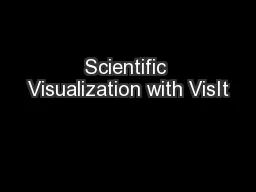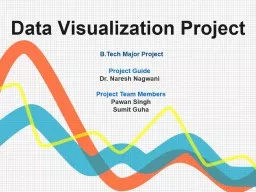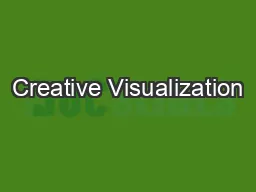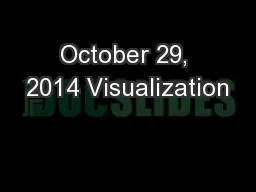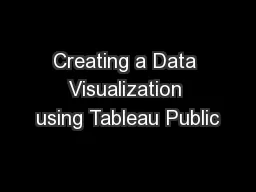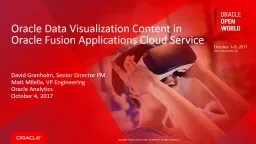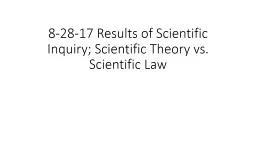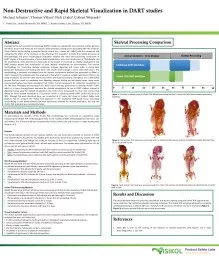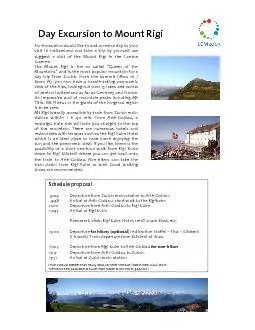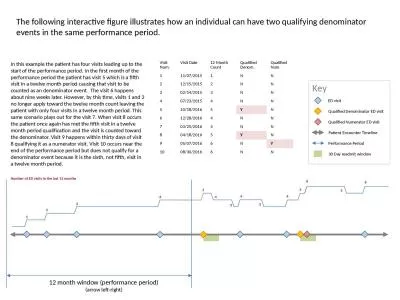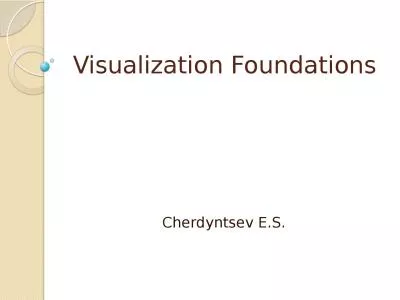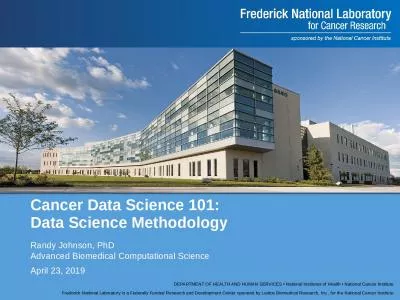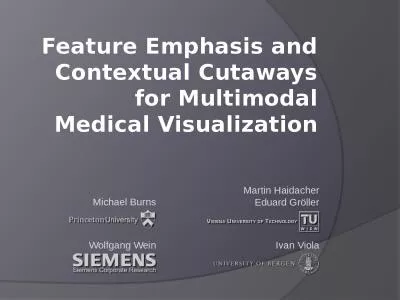PPT-Scientific Visualization with VisIt
Author : celsa-spraggs | Published Date : 2015-09-29
Eliot Feibush Plasma Princeton Physics Laboratory PICSciE Princeton Institute for Computational Science and Engineering Getting to Know Your Data Geometric range
Presentation Embed Code
Download Presentation
Download Presentation The PPT/PDF document "Scientific Visualization with VisIt" is the property of its rightful owner. Permission is granted to download and print the materials on this website for personal, non-commercial use only, and to display it on your personal computer provided you do not modify the materials and that you retain all copyright notices contained in the materials. By downloading content from our website, you accept the terms of this agreement.
Scientific Visualization with VisIt: Transcript
Download Rules Of Document
"Scientific Visualization with VisIt"The content belongs to its owner. You may download and print it for personal use, without modification, and keep all copyright notices. By downloading, you agree to these terms.
Related Documents

